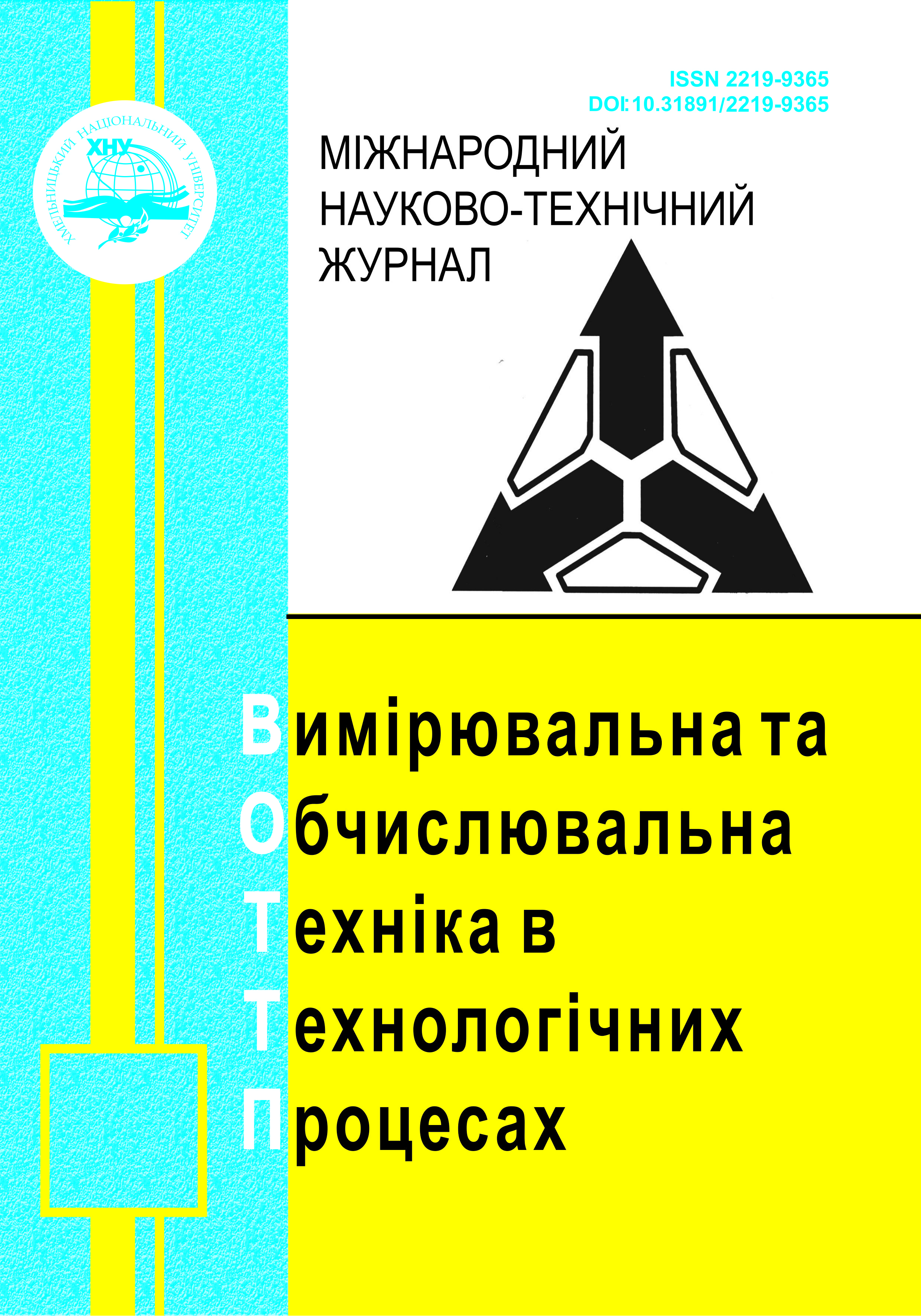OPTIMISATION OF DATA STORAGE AND PROCESSING FOR IOT ENVIRONMENTAL MONITORING SYSTEMS
DOI:
https://doi.org/10.31891/2219-9365-2025-81-40Keywords:
IoT, wireless systems, automation systems, data setsAbstract
The rapid and widespread adoption of the Internet of Things (IoT) across diverse sectors has led to the generation of vast amounts of heterogeneous data, particularly in applications related to air quality monitoring. These systems continuously collect environmental data such as temperature, humidity, concentrations of gases (e.g., CO₂, NOx), and particulate matter, resulting in high-frequency, multidimensional datasets. Managing such data efficiently requires not only robust storage solutions but also intelligent preprocessing mechanisms to transform raw inputs into structured, analyzable formats.
This article presents a comprehensive approach to processing and structuring sensor data obtained from an IoT-based air quality analysis system. A specialized software application is introduced, designed to automate the organization and refinement of incoming sensor data. Initially received in unstructured or semi-structured formats that are less suitable for analysis and demand high computational resources, the data undergoes a systematic sorting process. The core algorithm responsible for the primary classification of measurements is described in detail, including logic for separating, labeling, and storing values in accordance with the predefined database schema.
The article provides a detailed overview of the database structure used to archive sensor data, along with practical examples that illustrate the process of converting raw inputs into normalized records ready for query and analysis. Emphasis is placed on scalability and real-time performance, ensuring that the system can accommodate expanding data flows without degradation in response time or accuracy.
Furthermore, the paper discusses the potential for integration of the described application into broader IoT infrastructures, such as smart homes, industrial automation systems, or environmental surveillance networks. By enabling faster data access and more meaningful analysis, the system supports real-time decision-making and long-term trend analysis. The proposed solution not only enhances the operational efficiency of air quality monitoring but also lays the groundwork for more intelligent and responsive environmental management systems.
Downloads
Published
How to Cite
Issue
Section
License
Copyright (c) 2025 Сергій КОЗАК, Андрій МИКИТИШИН, Андрій СТАНЬКО

This work is licensed under a Creative Commons Attribution 4.0 International License.

